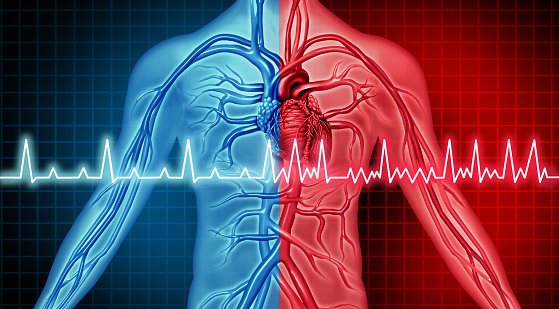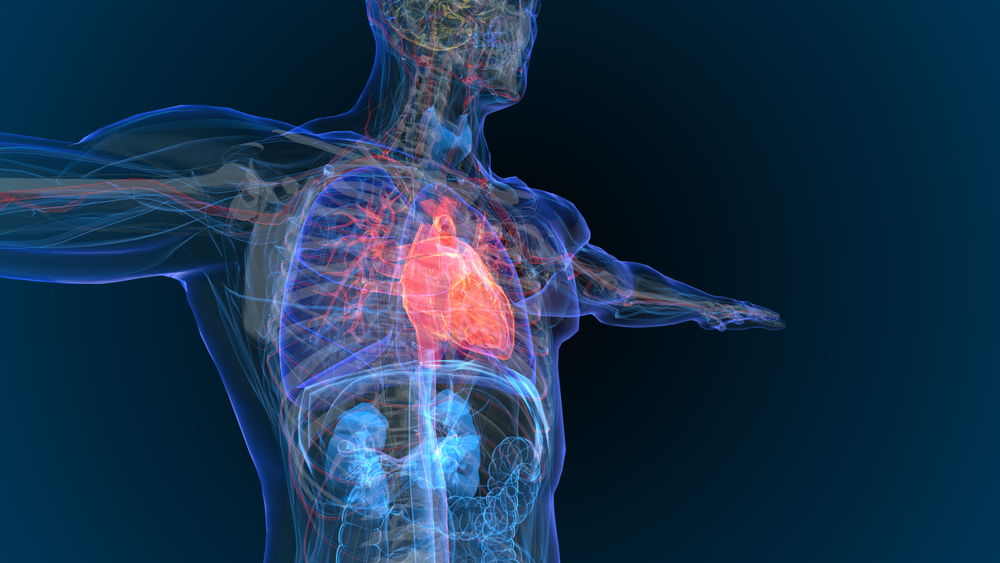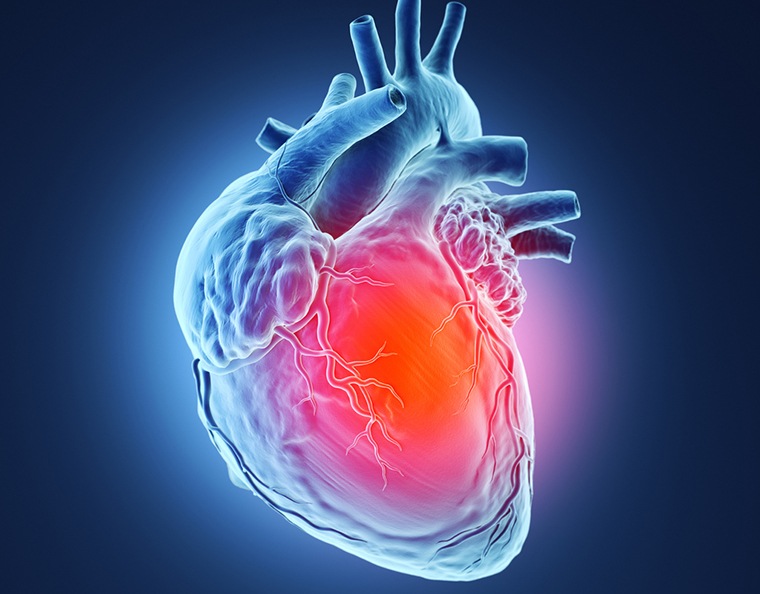A new study shows that intracardiac echocardiography (ICE) and its integration into three dimensional (3D) electroanatomic mapping (EAM) system guided fluoroless ablation of atrial fibrillation (AF) is a viable treatment modality of symptomatic AF. The findings were published in the journal Pacing And Clinical Electrophysiology.
ICE has become an effective all-round tool for ablation of AF since it plays an important role in all procedural steps. A key upgrade to the usefulness of ICE, the researchers noted, is its integration into three-dimensional (3D) EAM automatic integration system.
The researchers conducted a single-center, retrospective study to assess the feasibility, safety and acute efficacy of ICE/EAM automatic integration system guided fluoroless ablation of AF. This study comprised 98 patients with symptomatic paroxysmal or persistent AF (34.7% women, median age, 64) who underwent their first pulmonary vein isolation (PVI) radiofrequency catheter ablation (RFCA) from September 2017 to August 2020. All procedures were performed without the use of fluoroscopy, the researchers noted. They used ultrasound contours to develop detailed 3D virtual anatomy of the left atrium (LA) and structures relevant to AF ablation. They also plotted out pulmonary veins (PVs) and antral regions using rapid anatomical mapping. PVI was performed with contact force (CF) sensing catheter, and a successful PVI was defined as the primary study endpoint.
An “Effective Method” for Treating AF
Credit: Original article published here.










